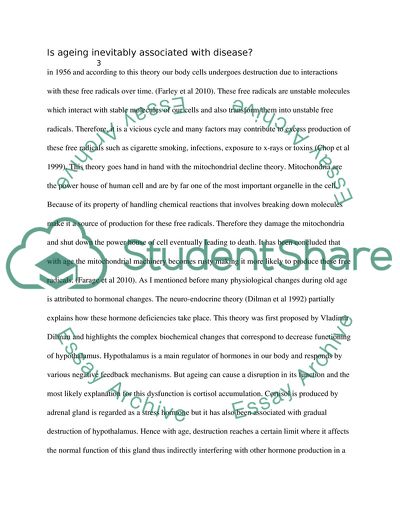Cite this document
(Is Ageing Inevitably Associated with Disease Report, n.d.)
Is Ageing Inevitably Associated with Disease Report. https://studentshare.org/health-sciences-medicine/1768152-is-ageing-inevitably-associated-with-disease-use-in-depth-examples-of-at-least-two-diseases-to-discuss-theories-of-ageing-and-how-it-impacts-on-health
Is Ageing Inevitably Associated with Disease Report. https://studentshare.org/health-sciences-medicine/1768152-is-ageing-inevitably-associated-with-disease-use-in-depth-examples-of-at-least-two-diseases-to-discuss-theories-of-ageing-and-how-it-impacts-on-health
(Is Ageing Inevitably Associated With Disease Report)
Is Ageing Inevitably Associated With Disease Report. https://studentshare.org/health-sciences-medicine/1768152-is-ageing-inevitably-associated-with-disease-use-in-depth-examples-of-at-least-two-diseases-to-discuss-theories-of-ageing-and-how-it-impacts-on-health.
Is Ageing Inevitably Associated With Disease Report. https://studentshare.org/health-sciences-medicine/1768152-is-ageing-inevitably-associated-with-disease-use-in-depth-examples-of-at-least-two-diseases-to-discuss-theories-of-ageing-and-how-it-impacts-on-health.
“Is Ageing Inevitably Associated With Disease Report”. https://studentshare.org/health-sciences-medicine/1768152-is-ageing-inevitably-associated-with-disease-use-in-depth-examples-of-at-least-two-diseases-to-discuss-theories-of-ageing-and-how-it-impacts-on-health.


